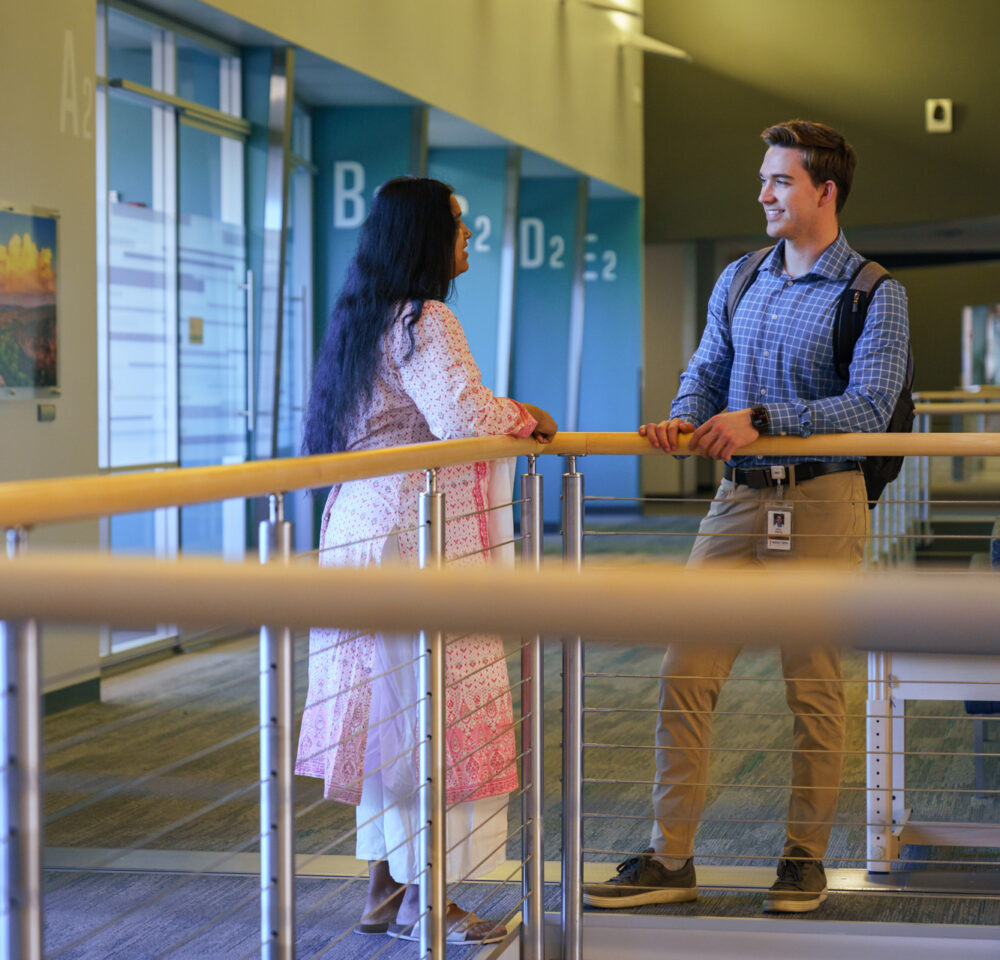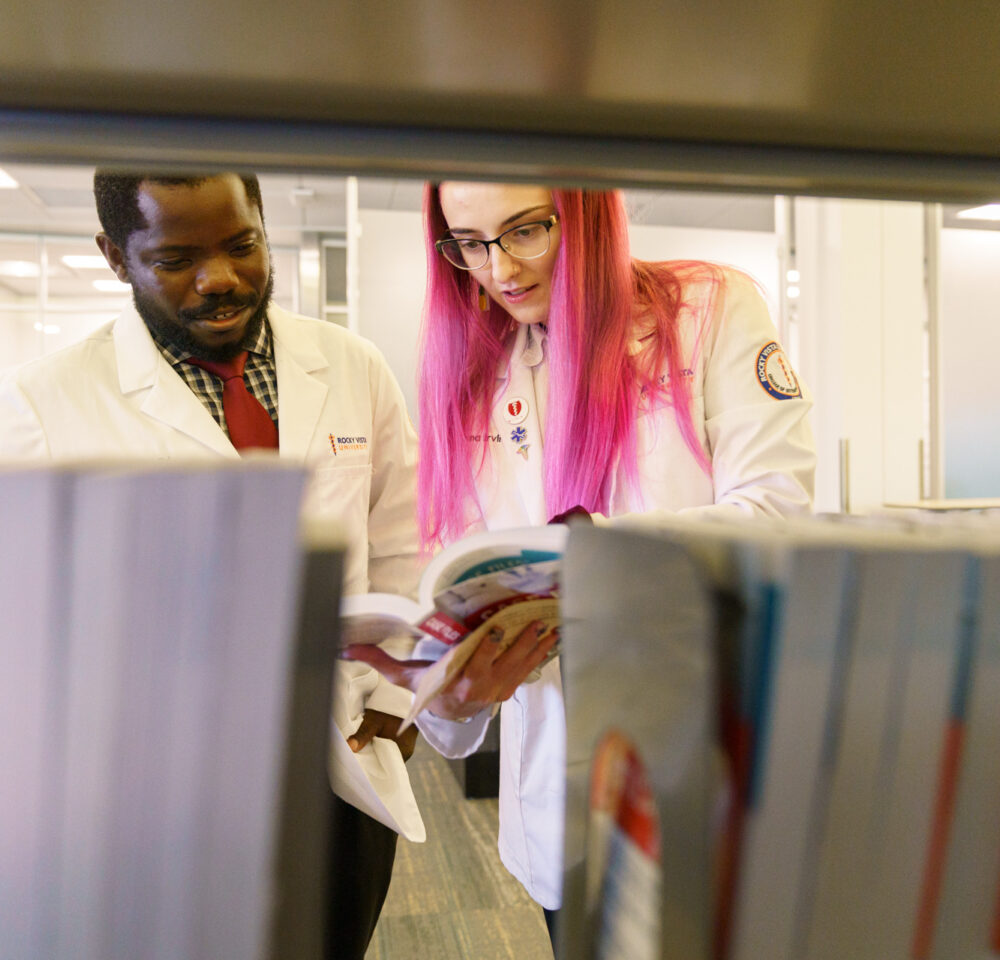Overview
An anesthesiologist is trained to provide pain relief and maintenance, or restoration, of a stable condition during and immediately following an operation, obstetric, or diagnostic procedure. It is the anesthesiologist’s foremost purpose and concern to protect the patient’s well-being and safety just prior to, during, and after surgery. Anesthesiologists have many responsibilities: preoperative evaluation of patients to determine conditions that may complicate surgery; management of pain and emotional stress during surgical, obstetrical, and medical procedures; provision of life support under the stress of anesthesia and surgery; immediate postoperative care of the patient; and knowledge of drugs and their interactions with anesthetic agents. Their functions also include long-standing and cancer pain management; management of problems in cardiac and respiratory resuscitation; application of specific methods of inhalation therapy; and emergency clinical management of various fluid, electrolyte, and metabolic disturbances. – The American Board of Medical Specialties
Sub-specialties
- Addiction Medicine
- Adult Cardiothoracic
- Anesthesiology Critical Care Medicine
- Clinical Informatics
- Hospice and Palliative Medicine
- Obstetric Anesthesiology
- Pain Medicine
- Pediatric Anesthesiology
- Regional Anesthesiology and Acute Pain Medicine


